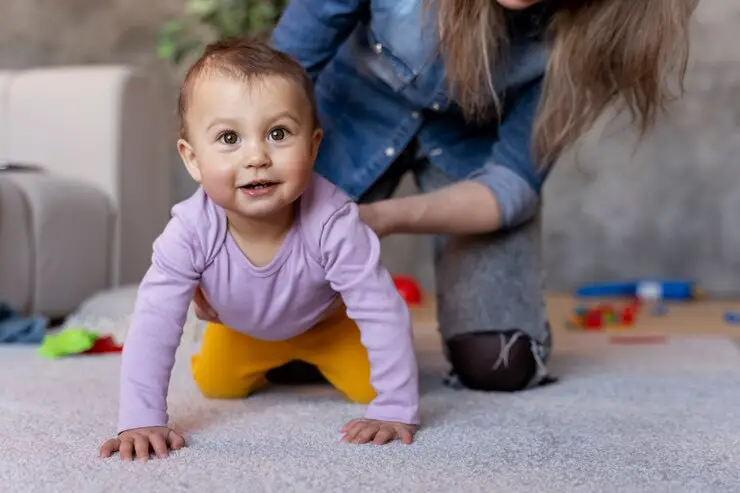Nursery
A baby nursery is a dedicated space in the home specifically designed for the comfort, safety, and development of a baby. It serves as a place for the baby to sleep, play, and receive care. Here are some key elements and considerations for creating a baby nursery:
- Crib or Bassinet: The nursery typically features a crib or bassinet where the baby can sleep. It should meet safety standards, with sturdy construction, a firm mattress, and fitted sheets. The crib or bassinet should be free from pillows, blankets, stuffed animals, or any other potential suffocation hazards.
- Changing Area: A changing table or changing station with a comfortable and safe surface is important for diaper changes. It should be equipped with diapers, wipes, diaper rash cream, and other necessary supplies within easy reach.
- Storage: Adequate storage space is essential for organizing baby essentials such as clothes, blankets, toys, and diapers. Dressers, shelves, or storage bins can help keep items organized and easily accessible.
- Comfortable Seating: A comfortable chair or glider is beneficial for feeding, nursing, and soothing the baby. It provides a cozy spot for parents or caregivers to sit while attending to the baby’s needs.
- Lighting: Soft and adjustable lighting options are recommended for the nursery. A dimmable overhead light or a night light can create a soothing atmosphere for nighttime feedings or diaper changes without disturbing the baby’s sleep.
- Safety Measures: The nursery should be baby-proofed to ensure a safe environment. This includes covering electrical outlets, securing furniture to prevent tipping, keeping cords out of reach, and installing window locks or guards.
- Décor and Theme: Many parents choose to decorate the nursery with a specific theme or color scheme. This can include wall decals, artwork, mobiles, or curtains that create a visually appealing and stimulating space for the baby.
- Sound Machine: A sound machine or white noise device can help create a soothing ambiance and mask background noises, promoting better sleep for the baby.
- Accessibility: It is important to arrange the nursery in a way that allows easy access to all essential items. Keep frequently used items within arm’s reach and organize the space to facilitate smooth movement and care for the baby.
- Safety Monitoring: Consider installing a baby monitor to keep an eye on the baby from another room. This allows parents or caregivers to monitor the baby’s sleep and activities while attending to other tasks.
Remember, the design and setup of a baby nursery can vary based on personal preferences, available space, and budget. Prioritize safety, comfort, and functionality when creating a nurturing and inviting space for your little one.


